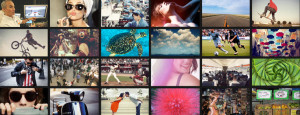Welcoming Neon
By John Burke, April 3, 2013
We all know that certain images—from a photo of a family member to a house on fire—can inspire a feeling, be it love, fear or a host of other emotions. But how do we feel about the objects we encounter on a daily basis, like water bottles and notebooks?
Neuroscientist Dr. Sophie Lebrecht has been studying the human brain’s positive or negative reactions to images for seven years. Through her PhD and post-doctorate research at Brown and Carnegie Mellon Universities, Sophie has uncovered that the brain computes a very rough, very rapid and automatic snapshot of perception in order to estimate the likability of an object. Sophie quickly realized that her team had discovered a way to predict the images people would be most attracted to, and that image discovery had huge market potential—anytime there is an image, and you want a human to relate to that image, the research is applicable.
Sophie’s team first focused on online video and predicting the video thumbnails that people would be most compelled to click. She called the burgeoning company Neon, and applied to the National Science Foundation’s Innovation Corps, where I am an instructor along with Jon Feiber and Steve Blank, and was accepted into the second cohort at Stanford. The I-Corps program consists of 25 teams from top universities and was created to prepare scientists and engineers to extend their focus beyond the laboratory and into the marketplace.
Even among an elite group of the most innovative scientists and engineers in the country, Sophie was clearly at the top of her class. Her passion was palpable, and her ability to articulate her vision for Neon set her apart. It should come as no surprise, then, that all three of us instructors jumped at the chance to invest in Neon. Sophie was also very fortunate to have teamed up with Co-Founder Sunil Mallya, who also completed his graduate work at Brown and received a Masters in Computer Science. Sunil specializes in large-scale system engineering and previously worked at Zynga building core components of their infrastructure.
While Neon is currently developing a product that gets more people watching video by selecting frames from within the video to be used as the thumbnails, they are looking forward to applying the hard science of image selection to new applications, such as e-commerce, photo sharing, UX for connected TV, app icons and advertising.
Neon helps people discover the world through images, and we couldn’t be more excited to be on board.
Sophie, Sunil and the rest of the Neon team, welcome to True!


